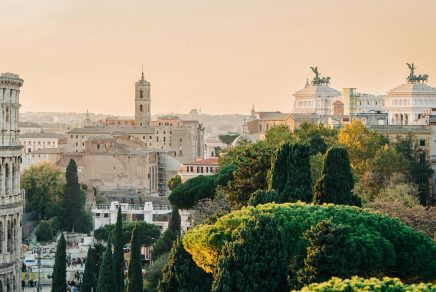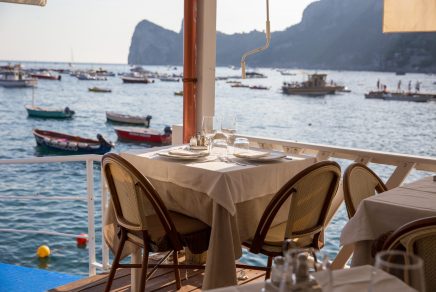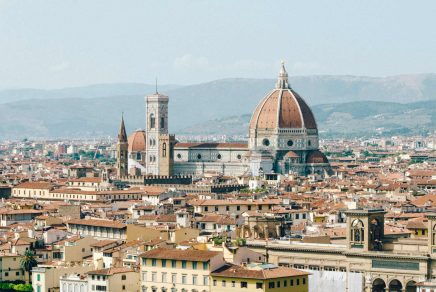The least we can say about the Greeks who settled in the south of the peninsula from the 8th century BC is that they had a knack for discovering great places! Coming mainly from Corinth, they built their colonies strategically along the coast, in breathtaking locations throughout Italy. In doing so, they have left us with a ‘two for one’ experience that should appeal to all those who are attracted to both ancient Greece and the Italian mezzogiorno, but can’t quite make up their minds!
Pompeii, Campania
Around 2,000 people died when Mount Vesuvius unleashed its deadly ash in 79 AD. Yet Pompeii, the ‘dead city’, still has the power to send shivers down the spine of visitors. Once flourishing under Greek influence, Pompeii became a model of sophistication under Roman rule. One stunning example? The entire city was paved in marble so that the moon would reflect off its streets! Positano, Amalfi and the rest of the Amalfi Coast may call, but reserve at least one day to experience this haunting wonder.
Taormina, Sicily
Cross the Strait of Messina at the ‘toe’ of Italy and you’ll find yourself in Sicily. First stop: Taormina, perched on a cliff above Naxos, the earliest Greek colony in Magna Graecia. Taormina’s Greek theatre, carved into the hillside, is one of the most impressive relics of ancient Greece in Italy. Nearby looms the majestic Mount Etna, so distracting that the Romans built a wall behind the stage to keep the audience focused on the performances! Along Taormina’s main shopping street, Corso Umberto, you’ll find a scenic viewpoint with stunning views of Europe’s highest active volcano. Tip: Grab a terrace table and sip a chilled Moscato di Pantelleria, a sweet wine from a small island between Sicily and Tunisia, the increasingly ‘less secret’ paradise of designer Giorgio Armani!
Syracuse, Sicily
Following the Ionian Sea brings you to Syracuse, once a Greek port so powerful that even Athens feared its navy. This is where Archimedes supposedly shouted “Eureka!” after discovering his famous principle in the bathtub, and where Plato, then a young political science student, was sold into slavery by a tyrant. Here you’ll also find one of antiquity’s largest theaters, carved directly from a basalt quarry. The Greeks knew what they were doing!
Agrigento, Sicily
In the Valley of the Temples, you’ll be amazed by the Temple of Concordia, one of the best-preserved Doric structures on the island. Remarkably, these temples survived thanks to the Christian conversion of many pagan sites in the 4th century AD. Tired of ruins? Sip Marsala, the local wine, on a terrace in Monreale and look out over Palermo below. From the Sicilian capital, you’ll remember the golden yellow of the lemon groves, the real gold treasures in the Norman cathedral and the red traffic lights… which no Italian respects. Davvero!
Gerace, Mammola, and Stilo in Calabria
Back on the mainland, head to Reggio di Calabria to see the Riace Bronzes, famous statues from Magna Graecia housed in the National Museum. You could then continue on to the Jasmine Coast, at the arch of Italy’s ‘boot’, before venturing into the land of the tarantella. Nestled in the mountains, the medieval towns of Mammola, Gerace and Stilo beat to their own rhythm. (Insider tip: Lamezia Terme airport is less than 90 minutes from these first two gems). Here, the enchanting countryside provides the perfect backdrop for contemplating the splendour of ancient Greece while experiencing authentic Italian rural charm.
Paestum, Campania
Heading north, you’ll be reunited with yet another ancient Greece site in Italy at Magna Graecia at Paestum. Founded a century after the southern colonies, the city was rediscovered in 1750 during the construction of a coastal road. Three majestic temples await you, some of the finest examples of Greek architecture in Italy. The travertine Temple of Neptune has the simple elegance of the Parthenon – but, set as it is in nature, it’s blissfully safe from the threat of pollution!








